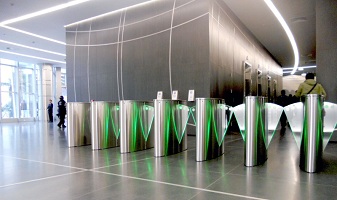The global smart building technologies market was valued at over USD 12 billion in 2016 and is expected to surpass USD 47 billion by 2021 according to the latest analysis released by researchers Technavio. APAC will be the fastest growing region in the global market, with a market share of around 19%. Japan, Singapore, Thailand, China, South Korea, and Australia were the key revenue generating country in this region due to its increasing adoption of energy efficiency solutions.
This latest market analysis discusses the primary drivers and top emerging trends that will influence the growth of the smart building technologies market during the forecast period. Some of the top vendors listed in this industry analysis include ABB Ltd, Johnson Controls International Plc., General Electric, Siemens AG, and IBM Corporation. In terms of geographical analysis,
The growing need for automated solutions will augment the growth of smart building technologies in the global market. Smart buildings include automated infrastructure management systems, security monitoring and sensors, and in-building wireless systems that monitor the physical layer and provide alerts in case of any changes made by either authorised or unauthorised users. The use of these automated solutions helps the building owners properly plan for smart buildings, which protect buyers from worst-case safety scenarios. The demand for smart buildings is primarily driven by the need for protecting the building against security and safety issues.
The building owners are adopting advanced technologies to enhance the safety features of the building and attract more consumers. The vendors in the global market are offering technologies like IT-aided intelligence, control systems, use of predictive analytics, and smart sensors to help run diagnostics that facilitates better maintenance, management, and optimisation of the building. The implementation of these technologies helps buyers to provide a comfortable and healthy environment for their building occupants, improving their productivity and well-being.








